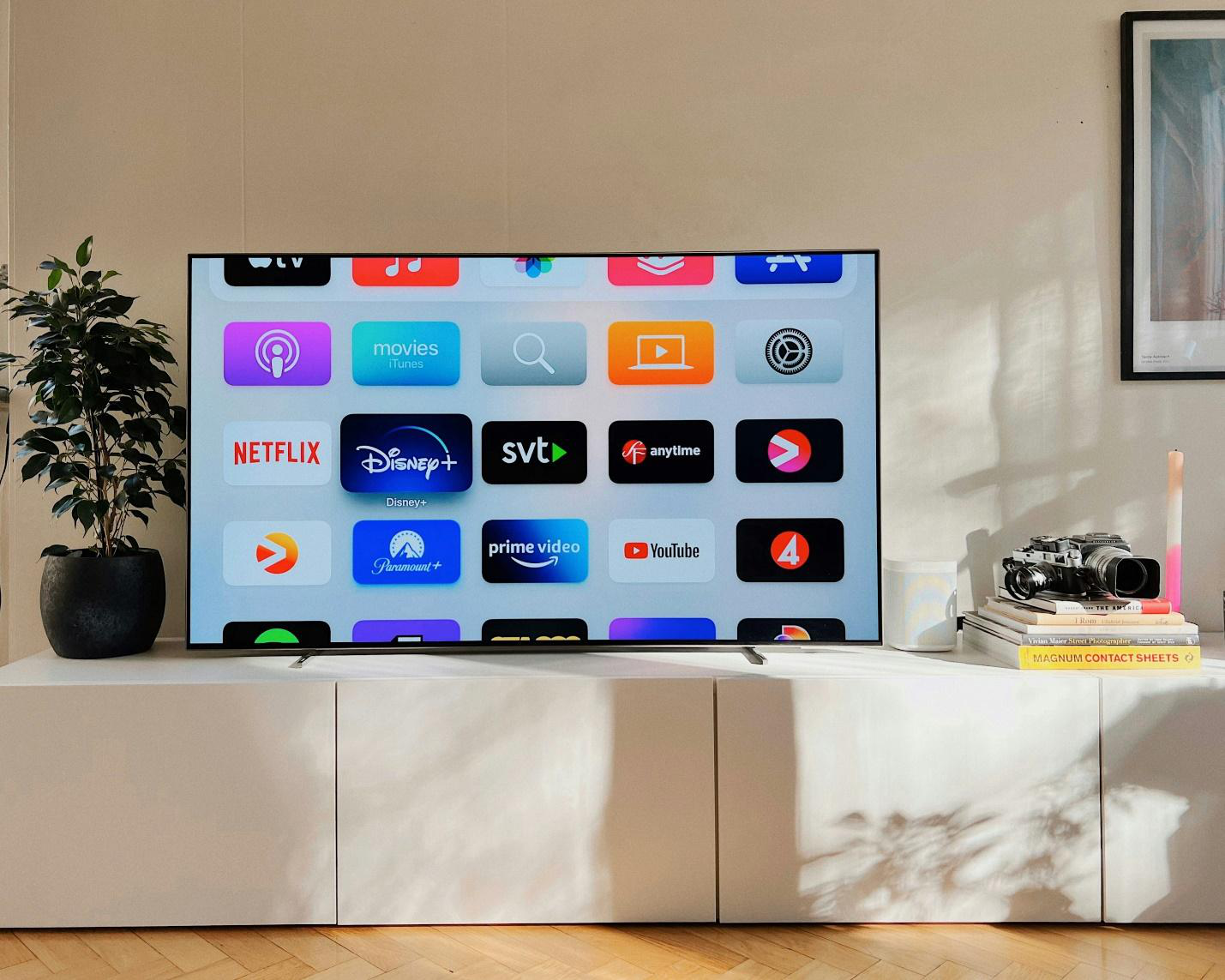Artificial Intelligence (AI) is changing how the world works, allowing experts across several industries to innovate new solutions to longstanding problems that make life easier for everyone. While there are several more aspects to AI, generative AI has been the most substantial driver of revolutionizing how we interact with technology.
Generative AI, or Gen AI, involves creating AI models that can generate content, from images to text, video, and more, mimicking human creativity. Beginning with the advent of ChatGPT, Gen AI has come a long way in very little time and continues to become more powerful and versatile.
In 2024 and beyond, AI advancements will see far more revolutionary changes driven by generative AI. From small language models to AI-powered solutions tailored for businesses, the industry is abuzz. We will cover some of the latest advancements in Gen AI that you need to know.
The Continuing Development of Large Language Models
Large language models (LLM) have been at the forefront of AI research. They are known for their ability to generate human-like text and understand complex language patterns. These models, such as GPT-3, have set new benchmarks in natural language processing, powering applications ranging from content creation to virtual assistants.
Recent updates in large language models have focused on improving accuracy and reducing biases. Techniques such as fine-tuning and reinforcement learning have refined these models, enabling them to produce more relevant and contextually appropriate outputs.
Tools like OpenAI’s ChatGPT are excellent examples of large language models. Content creation tools like ChatGPT assist writers by generating ideas, drafting articles, and even creating poetry. Virtual assistants, embedded with advanced language models, offer more natural and intuitive interactions, enhancing user experience.
There are also efforts to eliminate biases, leading to fairer and more ethical AI systems. This is critical as these models are increasingly used in sensitive applications like hiring and legal advice. Future directions for large language models include enhanced human-AI collaboration.
Improvements in Small Language Models
Small language models (SLMs) are effectively scaled-down versions of LLMs that are becoming a major trend in Gen AI. LLMs rely on massive datasets for training, using often unreliable data from the internet. LLMs might be improving, but their outputs still rely on data that might not be of the highest quality to produce completely reliable results.
Small language models are gaining popularity due to their ability to perform far more complex tasks, relying on smaller and curated datasets. One of the key advancements in small language models is the development of algorithms that enhance their learning efficiency. These algorithms allow models to train on less data while achieving high accuracy. This reduces training costs and time and makes these models more accessible to smaller organizations.
Using fine-tuned information, SLMs are arguably better in various tasks involving natural language processing (NLP). Requiring fewer resources and producing potentially more accurate outputs, SLMs will also build more trust in gen AI across all industries.
The Development of Autonomous Agents
Autonomous agents are AI-based models that can perform tasks humans typically perform without requiring human input. While generative AI models typically rely on human intervention to perform actions, autonomous agents act independently, simulating human decision-making processes in real time.
Typical Gen AI models require prompts carefully crafted by humans. Autonomous agents can handle tasks through training done through reinforced, unsupervised, and supervised learning. Gen AI models often produce incorrect answers that might be plausible, which is called hallucinations. Almost 90% of AI experts report that their Gen AI models display this. Autonomous agents might begin improving to address this problem as more work is done on them.
The future of autonomous agents is promising. As they become more advanced, they will be integrated with Internet of Things (IoT) devices, allowing them to interact with a broader range of systems and environments. This integration will enable them to perform even more complex tasks, from managing smart homes to operating autonomous vehicles.
Multimodal Gen AI Solutions
Multimodal Gen AI is one of the most significant improvements for generative AI in 2024. These Gen AI models effectively interpret, synthesize, and transform data across several formats, from images to text, audio, and videos. These solutions use data in different forms to provide more nuanced outputs, allowing them to generate content from several types of data at the same time.
Multimodal Gen AI solutions are far better at understanding and generating complex content, whether it involves video, text, images, or audio. Multimodal Gen AI models are already being used to create more immersive VR experiences for the gaming industry. From being live games, the world of gaming will effectively start coming to life through live game experiences powered by AI.
Electronics Art (EA) already has AI involved in over 70% of its live game business segment, and we will continue to see more innovations come along in the next few years, thanks to AI.
Generative AI Solutions Tailored for Businesses
Customization is a key trend in generative AI, with solutions increasingly being tailored to meet specific business needs. Tailored generative AI solutions are designed to address unique challenges and requirements within different industries, offering more precise and effective outcomes.
One notable example is Achievion Solutions’ Generative AI Interior Design Platform. This platform leverages generative AI to assist designers in creating interior layouts, suggesting furniture arrangements, and generating realistic visualizations based on specific client preferences. This tailored approach speeds up the design process and ensures the results are highly personalized and meet the client’s expectations.
Another example is JP Morgan Chase’s IndexGPT. This AI solution is designed to assist financial advisors by generating investment strategies and portfolio recommendations tailored to individual client needs. By analyzing vast amounts of financial data, IndexGPT provides insights and recommendations that help advisors make more informed decisions, improving client outcomes and satisfaction.
Expanding the Latest in Generative AI
As the latest in generative AI continues to evolve, its applications are rapidly expanding across various sectors beyond gaming and interior design. In healthcare, for instance, generative AI is being used to analyze patient data and create personalized treatment plans, enhancing patient outcomes and streamlining the decision-making process for healthcare providers. Additionally, in the field of content creation, generative AI is revolutionizing the way marketing materials, videos, and written content are produced, offering businesses the ability to generate high-quality content at scale with minimal human intervention.
These advancements represent just a glimpse of what the latest in generative AI has to offer and what it could potentially bring in the future. As technology progresses, we can expect even more sophisticated and industry-specific applications to emerge, further solidifying the role of generative AI in shaping the future of various industries.
Final Thoughts
Generative AI and the broader AI industry are completely changing every aspect of our lives. From SLMs to business-specific Gen AI solutions, there are plenty of exciting changes we have yet to see. These developments will drive technological progress and offer significant benefits to businesses and consumers alike.
Whether for personal or commercial purposes, Gen AI will be the key to improving life, and it is important to stay updated on the latest trends in this remarkable technology.



















